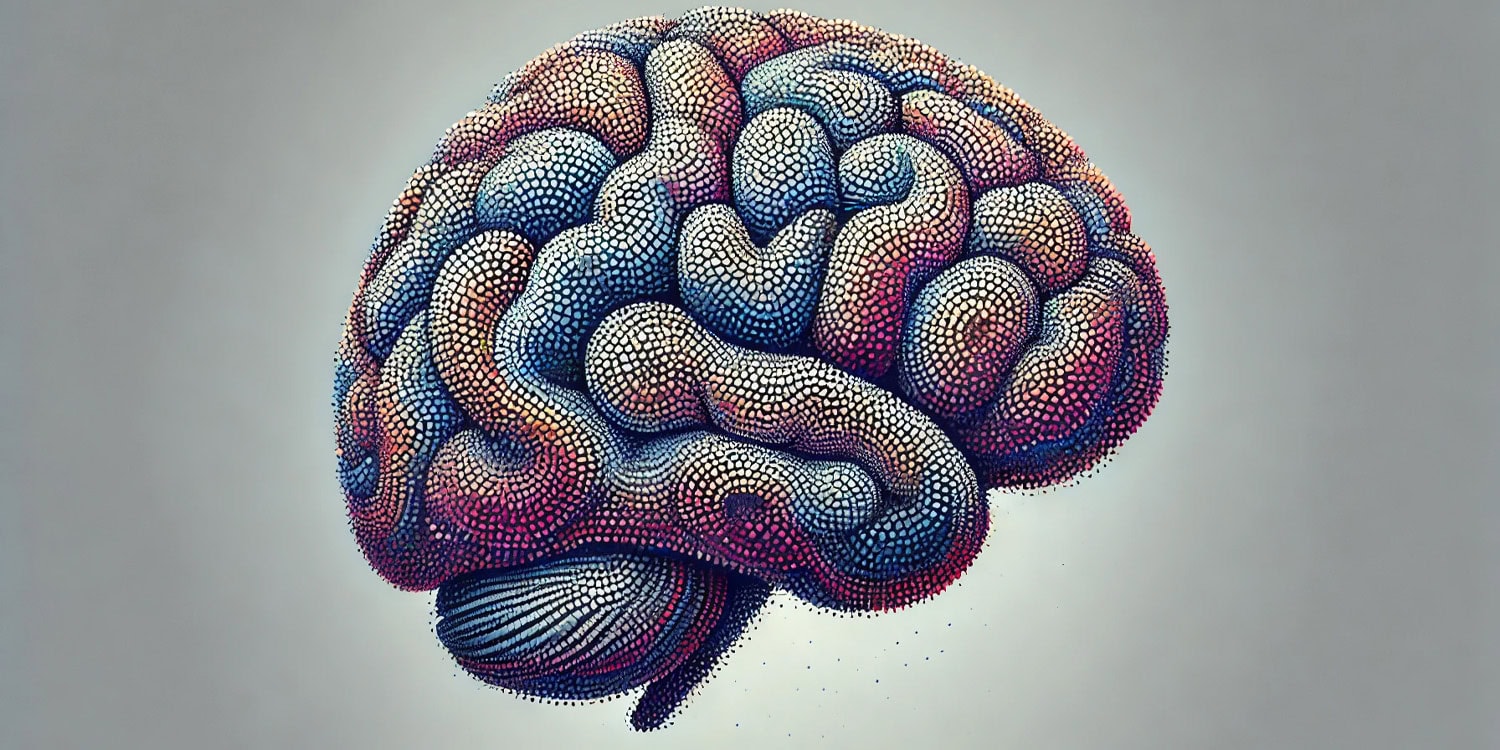According to a new study published in Nature Mental Health, people with autistic traits tend to favor imitation over inferring the motives behind others’ actions when learning through observation. These findings could lead to a deeper understanding of the cognitive processes associated with autistic traits and may contribute to future research on autism spectrum disorder.
Autism, formally known as autism spectrum disorder, is a developmental condition that affects social communication, behavior, and interaction. Individuals with autism often experience challenges in understanding social cues, interpreting other people’s emotions or intentions, and adapting to dynamic social situations. These characteristics can vary significantly in severity, which is why it is referred to as a spectrum.
Beyond those diagnosed with autism, there are also autism-like traits, which are subclinical characteristics seen in the general population. Previous research has shown that people with autism or more autistic traits have difficulties with social learning, which includes understanding others’ intentions and adjusting their own behavior accordingly. However, the exact processes behind this difficulty have not been clearly explained. The researchers aimed to explore the cognitive mechanics of these challenges.
“My main research interest is to study social behaviors in autism. Social behavior itself is very complicated and involves a lot of psychological processes, such as attention, perception, learning, decision making, and so on,” said study author Qianying Wu, a PhD candidate at California Institute of Technology and member of the Human Reward and Decision Making Lab.
“Autism is a neurodevelopmental condition that features atypical social interactions and communications. I want to figure out what exact step is different between autistic and non-autistic people, which ultimately affects the social outcomes. Understanding such differences would bring us insights about the diagnosis and intervention of autism.”
“This project focused on observational learning, it is very common in our everyday life, and there’s plenty of evidence showing that autistic people perform differently,” Wu explained. “While many studies focused on comparing the performance (i.e., successful vs. unsuccessful observational learning), our study applied computational models to explain the underlying learning processes affected by autistic traits.”
“Therefore, in our model, we try to explain people’s behaviors with several possibilities, maybe they learn by imitating the others, maybe they learn by making inferences about another’s goals (i.e., emulation), or maybe they are not learning anything. I’m interested in knowing how the heterogeneity of learning style leads to the heterogeneity of performance.”
The researchers conducted two separate studies involving large online participant samples. In the first study, 943 participants were recruited from Amazon Mechanical Turk and Prolific, while the second study (the replication sample) included 352 participants, all recruited from Prolific.
Participants took part in an observational learning task where they observed the actions of a simulated partner and then made decisions based on those observations. The goal was to maximize rewards by selecting one of three slot machines, each of which could produce one of three colored tokens. However, only one color was valuable at any given time, and the valuable color could change throughout the task.
The participants had to infer which token was valuable by watching the partner’s slot machine choices, as the partner was aware of the correct token. A key challenge was that participants did not receive direct feedback about whether the partner’s choices were successful, requiring them to deduce the valuable token based solely on the partner’s actions, without seeing the actual rewards.
The researchers used computational models to analyze how participants made decisions during the task, focusing on two key learning strategies: imitation and emulation. Imitation refers to copying another person’s actions exactly as observed, while emulation involves understanding the underlying goal of the action and finding one’s own way to achieve that goal.
The results showed that people with higher levels of autistic traits were less likely to engage in emulation. Furthermore, the researchers found that the reduced emulation in individuals with autistic traits was specific to autism-related social difficulties and not explained by general social anxiety or other psychiatric symptoms.
Interestingly, participants higher in autistic traits were just as capable of simple imitation as their peers, indicating that their social learning difficulties were specific to the more complex cognitive process of emulation.
“While learning from others to perform a task, individuals with higher levels of autistic traits are less likely to make active inferences about the other people – they may not think about ‘why’ the others act in that way (which is a more efficient way of learning), but more likely to copy the others’ actions, or insist on their own way of performing,” Wu told PsyPost. “This may be part of the reason why these individuals experience more challenges in social interactions.”
These findings align with the known social challenges faced by individuals on the autism spectrum. People with autism often struggle with understanding others’ intentions and interpreting social cues, which can lead to difficulties in adapting their own behavior in social contexts.
However, the researchers noted that despite their findings, caution is needed in assuming participants with reduced emulation only use imitation, as some may have employed alternative strategies.
“Initially we aimed to identify which type of learning our participants adopted between two candidates: imitation and emulation,” Wu explained. “However, after analyzing the data, we realized another group of people might utilize other strategies that’s neither imitation nor emulation. They may have some fixed behavioral patterns, such as always choosing the red option, or sticking to their previous actions, regardless of the information from the observation phase. This type of behavioral tendency is also associated with autistic traits.”
There are some other caveats to consider as well. For instance, the participants were not formally diagnosed with autism. “Our sample is a large-scale online sample drawn from the general population, which means there’s no clearly diagnosed autistic participant that we confirmed (even though some of them might be),” Wu noted. “So we don’t want to overclaim that our findings apply to clinically diagnosed autistic individuals, at this moment the findings apply to ‘autistic trait’ as a personality trait dimension. Whether it generalizes to the autistic population needs further investigation.”
Despite these caveats, the study provides a strong foundation for understanding the cognitive mechanisms underlying social learning in individuals with autistic traits. The use of computational models allowed the researchers to capture subtle differences in learning strategies, and their findings offer a promising direction for future research on autism spectrum disorder and other psychiatric conditions.
“An immediate next step for us is to test whether the existing findings do apply to the clinically diagnosed autistic population,” Wu said. “If so, our observational learning task could be a candidate for future use of autism diagnosis or assessment. Another direction is to continue understanding other aspects of learning and decision making in autism. Now that we found some evidence in observational learning, we want to use a richer set of behavioral tests and see whether autistic traits are associated with social learning alone, or also to a broader range of other non-social learnings or decision-makings.”
Finally, Wu highlighted the importance of their method: “Our approach is described with the term ‘computational psychiatry.’ It’s a method that has become popular over the past decade. Compared to traditional ways of studying, this approach highlights the computational basis of behaviors and helps us understand ‘why’ and ‘how’ individuals act in different ways.”
The study, “Individual differences in autism-like traits are associated with reduced goal emulation in a computational model of observational learning,” was authored by Qianying Wu, Sarah Oh, Reza Tadayonnejad, Jamie D. Feusner, Jeffrey Cockburn, John P. O’Doherty, and Caroline J. Charpentier.




